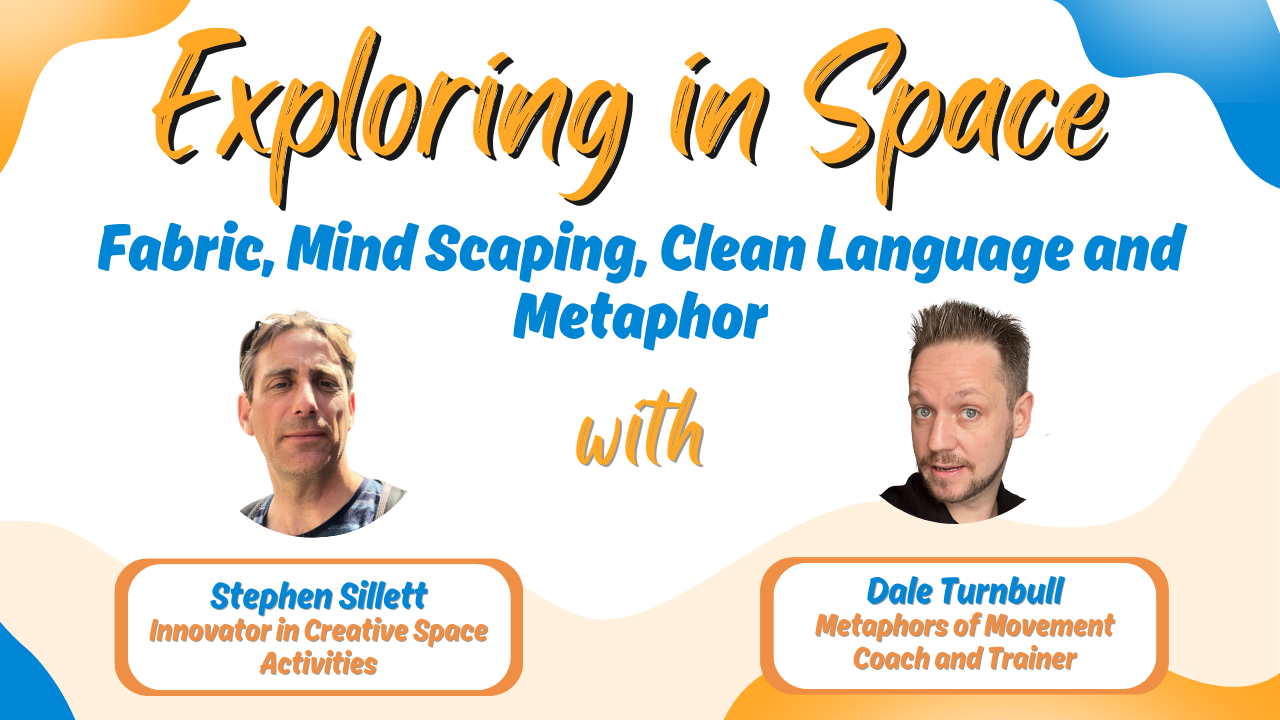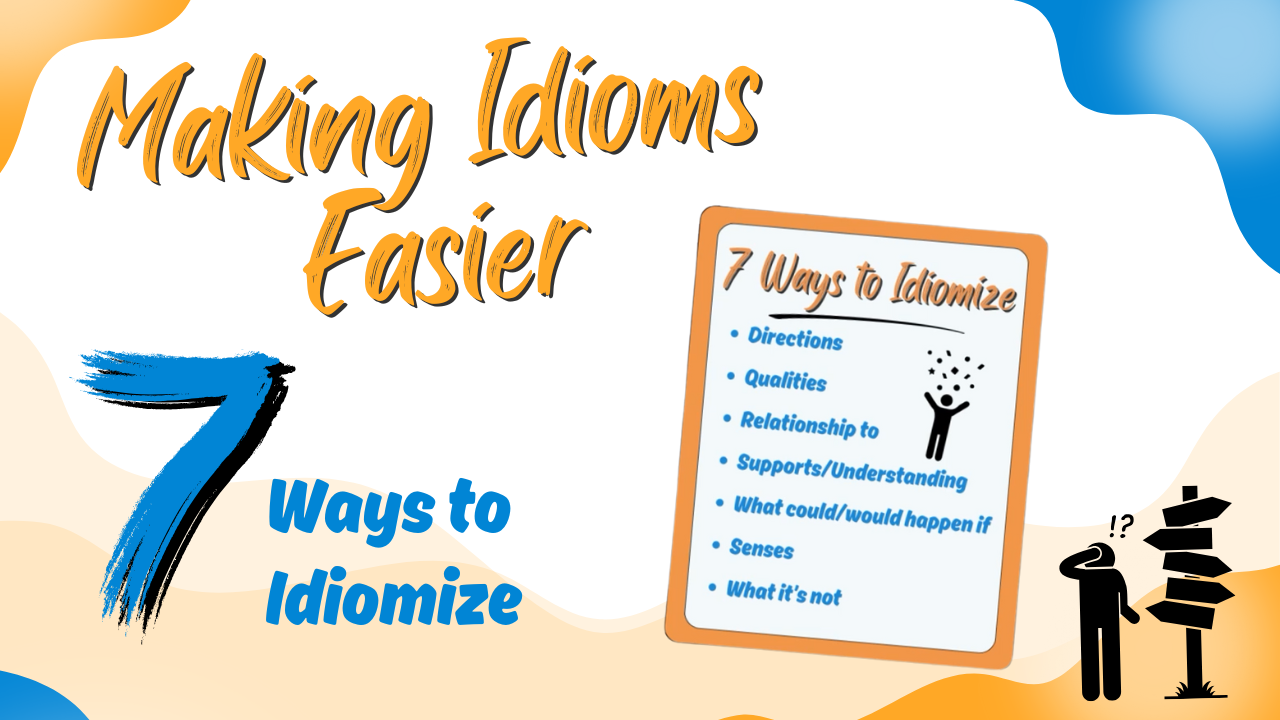Why Metaphorical Distinctions Matter
When someone says they’re at a crossroads or stuck at a T-junction, they’re doing more than describing their situation, they’re revealing a structure.
They're telling you:
-
Where they believe they are in their journey
-
What choices they see (or don’t see) in front of them
-
How they feel about progress, risk, uncertainty, and purpose
And here's the magic:
If you learn to hear and work within these metaphors, you can help people make change not by challenging them, but by moving with their internal logic.
That’s what Metaphors of Movement is all about, and it’s changed the way I practice.
Let’s Break It Down: The 4 Common ‘Junction’ Metaphors
🛣️ 1. Crossroads

“I’ve come this far, and now I'm at a crossroads.”
This one’s all about choice. It feels like freedom, but also pressure. There’s the fear of making the wrong decision and leaving other options behind.
💬 Questions you might consider:
Sometimes people just need permission to look beyond the fear of regret and get clear on their desired destination. Then take a step in each direction to see where it might take them.
🚧 2. T-Junction
“I’ve been following the path, and now it’s come to a stop. I'm at a junction in my life I can't progress any more. I have to pick a different direction.”

This is a more abrupt metaphor. It’s about loss of progression. momentum, This person has now hit a wall or a barrier and their is no way forward. Now in life some people are taught they just need to keep progressing but this person needs to pick a different path. But their only choices go in opposite directions.
💬 What that tells me:
What you could ask:
🔀 3. Fork in the Road
“Both paths are in front of me, and they both seem viable. I'm just not sure which way to go.”
This metaphor often comes with hope and anticipation. Both paths go forward. Progress is possible either way, but similar to the above options choosing one might mean sacrificing the other.
💬 Useful prompts:
-
“Do you know where each paths leads?"
-
“Are these paths stright forward?"
-
“What is staying in this place actually giving you?"
- “What will it take for you to take the first step"
Sometimes clients just need to know that they’re allowed to explore without making a forever-decision.
🧱 4. Dead End

“I thought this was the way… but it’s not. I just feel like I've hit a dead end”
This is the one that often carries frustration, annoyanace and embarrassment. Think about it have you ever been hiking going down a road you think will take you to your desitnation. Then finding yourself at a dead end. It's sucks, there is no way around it. However you can backtrack and pick a different route. However some people might not be keen to retrace thier steps.
They tell us:
-
That we tried something and it has come to a stop
-
That we’ve gathered information
-
That it’s time to re-evaluate, and pick a different direction.
💬 What I’ll ask:
And sometimes, going back and choosing a new route is the most empowered thing a person can do.
Why This Matters for Coaches and Therapists
If you’re in the business of helping people change, metaphors like these are not just nice language, they’re maps.
By learning to listen to how people describe their inner world, you get direct access to:
-
Their beliefs about movement and possibility
-
Their hidden fears and motivations
-
The “rules of the road” they think they must follow
This isn’t about interpreting metaphors through symbolism. It’s about exploring the structure of metaphor to create real movement, right there in the session.
Want to Go Deeper? Learn to Work with These Metaphors
If this kind of work excites you, if you want to go beyond surface-level coaching and get skilled at actually hearing the metaphors that clients live by. then I’d love to invite you to join me in learning Metaphors of Movement Levels 1 & 2.
These trainings are where we dive deep into the mechanics of metaphor and how to work with them in therapeutic or coaching settings. You’ll learn how to spot stuckness, decode internal maps, and create elegant movement, often in just one conversation.
👉 https://metaphorsofmovement.us/metaphors-of-movement-levels-1-2
Thanks for reading, and I hope this gave you some new ways of thinking about “being stuck.”
.png)






